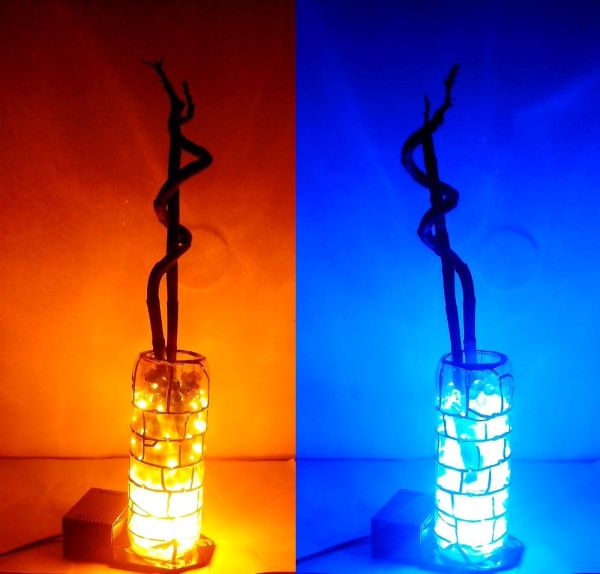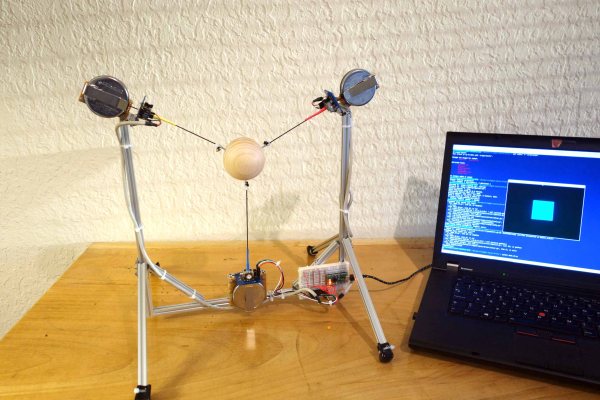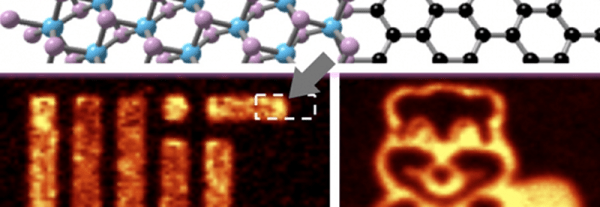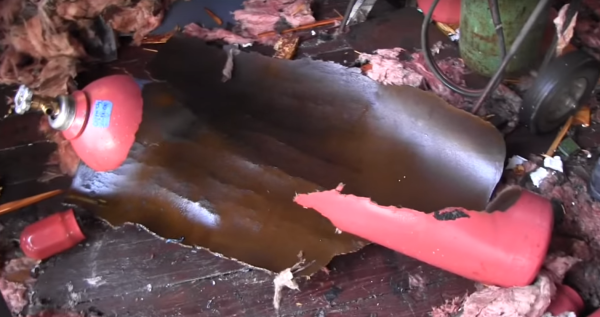It seems that many 3D printer owners just aren’t getting the same buzz they used to off their 3D printers, and are taking steps to procure heavier machines. And making them in their home laboratories with, you guessed it, their 3D printers.
Following the pattern, [Michael Reitter], designed a 3D printable CNC around a IKEA MALM table. In order to span the length of the table for his X axis, he came up with a very cool looking truss assembly. The linear rails rest on top of the truss, and a carriage with the Z axis rides on the assembly. The truss has enough space in the center of it to neatly house some of the wiring. The Y-xis mounts on the side of the table.
Overall the mechanical design looks pretty solid for what it is, with all the rails taking their moments in the right orientation. We also like the work-piece hold downs that slide along the edge of the table. It even has a vacuum attachment that comes in right at the milling bit.
We’re not certain how much plastic this build takes, but it looks to be a lot. Monetarily, it will probably weigh in at a bit more than some other options. As many in the 3D printing world are discovering, sometimes there’s no reason not to leverage more mature industrial processes for lower cost large gains in accuracy and strength. Though, it’s pretty clear that one of the design goals of this project was to see how much one can get away with just a 3D printer, and we certainly can’t deny the appealing aesthetic of this CNC.
Video of it in action after the break.
Continue reading “Fully Printed CNC On An IKEA Table” →








 On the morning of September 26th, 2013 the city of Orlando was rocked by an explosion. Buildings shook, windows rattled, and Amtrak service on a nearby track was halted. TV stations broke in with special reports. The dispatched helicopters didn’t find fire and brimstone, but they did find a building with one wall blown out. The building was located at 47 West Jefferson Street. For most this was just another news day, but a few die-hard fans recognized the building as Creative Engineering, home to a different kind of explosion: The Rock-afire Explosion.
On the morning of September 26th, 2013 the city of Orlando was rocked by an explosion. Buildings shook, windows rattled, and Amtrak service on a nearby track was halted. TV stations broke in with special reports. The dispatched helicopters didn’t find fire and brimstone, but they did find a building with one wall blown out. The building was located at 47 West Jefferson Street. For most this was just another news day, but a few die-hard fans recognized the building as Creative Engineering, home to a different kind of explosion: The Rock-afire Explosion. Many of us have heard of the Rock-afire Explosion, the animatronic band which graced the stage of ShowBiz pizza from 1980 through 1990. For those not in the know, the band was created by the inventor of Whac-A-Mole, [Aaron Fechter], engineer, entrepreneur and owner of Creative Engineering. When ShowBiz pizza sold to Chuck E. Cheese, the Rock-afire Explosion characters were replaced with Chuck E. and friends. Creative Engineering lost its biggest customer. Once over 300 employees, the company was again reduced to just [Aaron]. He owned the building which housed the company, a 38,000 square foot shop and warehouse. Rather than sell the shop and remaining hardware, [Aaron] kept working there alone. Most of the building remained as it had in the 1980’s. Tools placed down by artisans on their last day of work remained, slowly gathering dust.
Many of us have heard of the Rock-afire Explosion, the animatronic band which graced the stage of ShowBiz pizza from 1980 through 1990. For those not in the know, the band was created by the inventor of Whac-A-Mole, [Aaron Fechter], engineer, entrepreneur and owner of Creative Engineering. When ShowBiz pizza sold to Chuck E. Cheese, the Rock-afire Explosion characters were replaced with Chuck E. and friends. Creative Engineering lost its biggest customer. Once over 300 employees, the company was again reduced to just [Aaron]. He owned the building which housed the company, a 38,000 square foot shop and warehouse. Rather than sell the shop and remaining hardware, [Aaron] kept working there alone. Most of the building remained as it had in the 1980’s. Tools placed down by artisans on their last day of work remained, slowly gathering dust.









